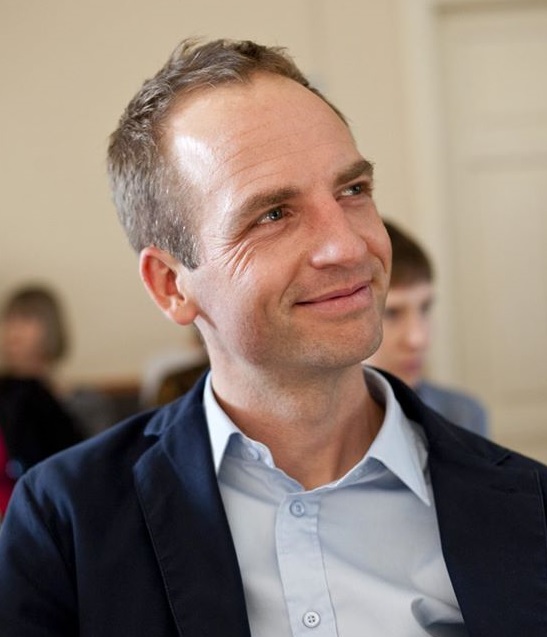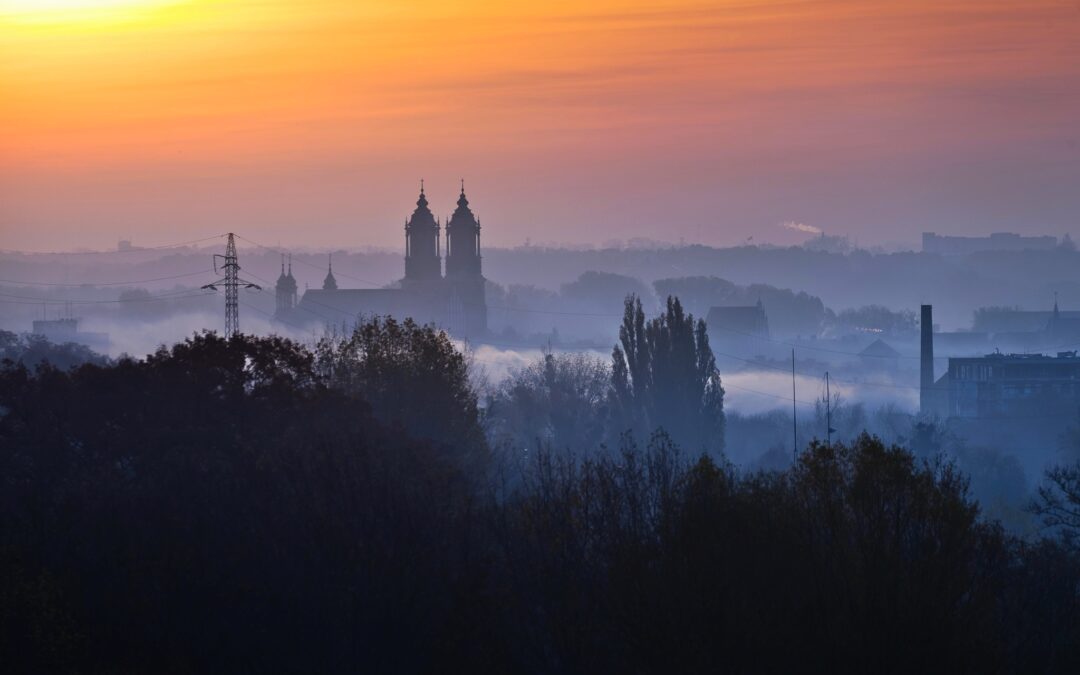Scientists in Kraków say that they have shown the existence of an allergy to air pollution in what they claim to be the first such study in the world.
Poland has the European Union’s worst air pollution, and Kraków has in turn long had some the country’s heaviest smog. Many residents of the city maintain that they suffer allergic reactions to high levels of polluting particulate matter. Doctors at the city’s Jagiellonian University medical college decided to put this to the test.
“We noticed that patients were coming to us with chronic respiratory illnesses, colds, coughs, and shortness of breath in the autumn and winter period,” explained Ewa Czarnobilska, the project coordinator, quoted by the Polish Press Agency (PAP).
“But…when they went to areas with clean air, such as by the sea, their ailments cleared up,” she continued. “We examined them but were unable to say what the source of these complaints was.”
Czarnobilska’s team ran a three-year pilot study to learn more. They tested the effects of Kraków’s smog on 30 people divided into two groups – those who were allergic to birch pollen and those who had no allergies.
The patients’ blood was exposed to samples taken from air quality measurement stations in collaboration with scientists from another institution in Krakow, the AGH University of Science and Technology, who developed a method of sending extracts of smog to the laboratory.
This allowed the effect of smog to be measured without exposing patients directly to pollution – “no ethics committee would agree to that kind of experiment,” noted Professor Czarnobilska.
The study – the first of its kind in Poland and, to the best of the scientists’ knowledge, in the world – found that PM2.5 (the smallest and most harmful particulate matter) caused an allergic reaction in 75% of the healthy participants and 83% of those with an allergy to birch pollen.
“We proved that blood cells, basophils, which are the source of histamine – the main mediator responsible for allergic reactions – are activated under the influence of PM2.5 dust,” Czarnobilska explained. “Blood cells react similarly to PM2.5 as if we were activating them with birch pollen in an allergic person.”
The Polish city of Wrocław had the second worst air quality in the world this morning, while Warsaw was also in the bottom six, according to @IQAir's ranking.
Last week, Kraków was among the worst, as Poland suffers its annual winter smog problems: https://t.co/d9mVirEu9a pic.twitter.com/mL18Qb1qmo
— Notes from Poland 🇵🇱 (@notesfrompoland) January 18, 2021
The pilot study is the first evidence that smog is an allergen. “There are many publications saying that air pollution causes chronic respiratory illnesses, but nobody has proven that it can cause an allergic reaction in a healthy person, meaning that one can have an allergy to smog,” said Czarnobilska.
But the problem will be treating the allergy, Czarnobilska warned. “We cannot use desensitisation on this allergy as with dogs, cats, birch, grass or other allergens. We can only treat the symptoms – trying to stop the illness from developing.”
The study also examined the urine of healthy patients exposed to smog. They found that in all cases it contained derivatives of the carcinogen benzo[a]pyrene, showing that PM2.5 permeates human organisms.
A separate study last year found that children in one particularly polluted Polish city had four times the level of harmful substances from air pollution in their bodies as their counterparts in France.
However, scientists at AGH reported last month that Kraków’s air quality has improved considerably in recent years. The city’s authorities have taken a number of steps in recent years to improve air quality, including in 2019 becoming the first city in Poland to ban the burning of coal and wood.
Poland’s government has also taken steps at national level to improve the air in Poland. In 2018, the “Clean Air” programme programme was launched, theoretically the largest such scheme of its kind in Europe. It aimed to reduce smog by providing households with funds to replace old heaters and to improve insulation.
But critics point to the limited effect of the 103 billion zloty scheme, which undertook to replace the three million old-fashioned coal furnaces burning in households around Poland within ten years, and say that it is in urgent need of reform if is to begin to meet its targets.
For more on the struggles of the Polish government's "Clean Air" programme, see our report from last year.
Poland has the EU's worst air pollution, and the leading cause of it is the burning of coal and other substances to heat homes https://t.co/hyS5ojNCjM
— Notes from Poland 🇵🇱 (@notesfrompoland) February 9, 2021
Main image credit: Przemysław Turlej/Flickr (under CC BY-NC 2.0)

Ben Koschalka is a translator, lecturer, and senior editor at Notes from Poland. Originally from Britain, he has lived in Kraków since 2005.




















